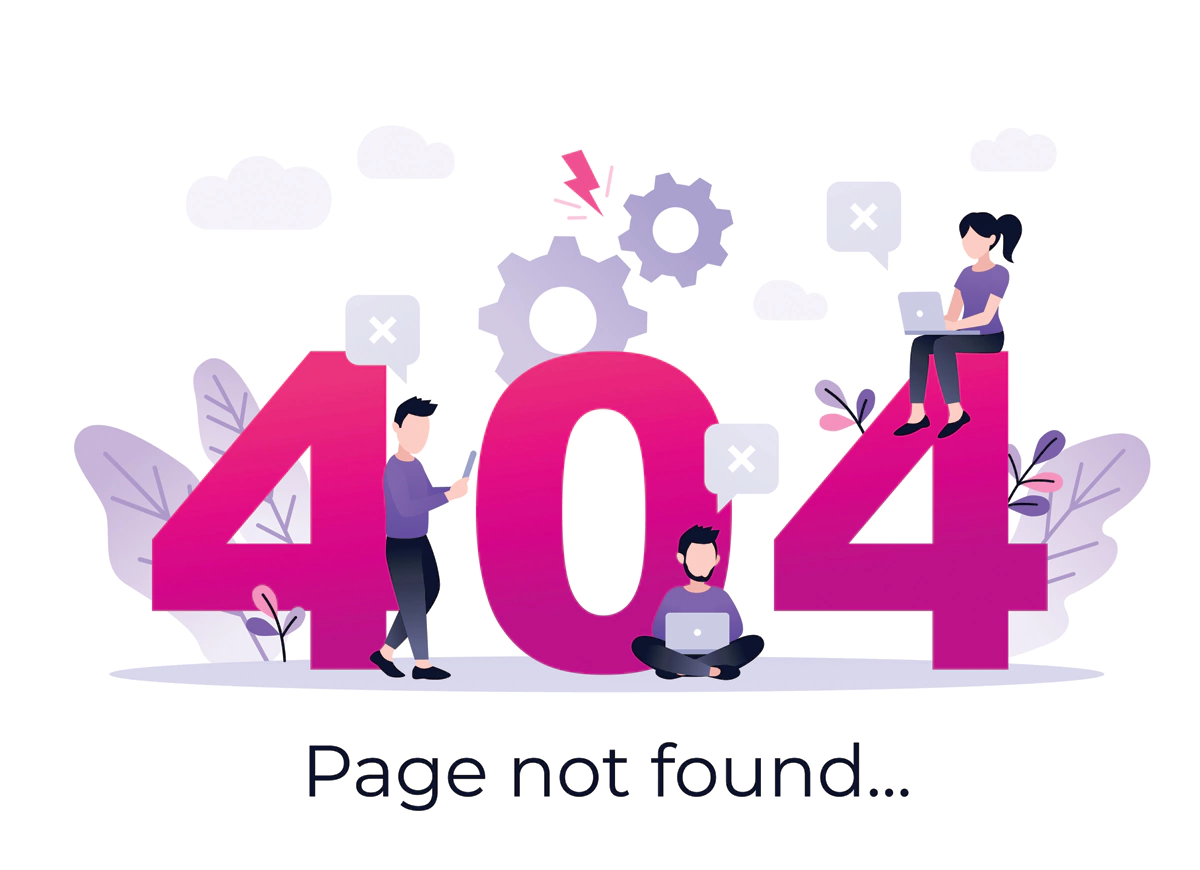
How to Choose the Right Colour Scheme for Your Website
The Power of Colour in Web Design
Your website's colour palette communicates volumes without saying a word. Poor colour choices can unconsciously repel potential customers, while well-chosen hues can completely transform how users perceive your brand.
This comprehensive guide will help you:
- Understand colour psychology and its impact
- Explore different types of colour schemes
- Learn a methodical approach to colour selection
- Master background and typography choices
- Develop strategies for effective colour communication
Whether you're a business owner, designer, or marketing professional, this guide provides the roadmap to transform your website's visual identity from mere decoration to a powerful strategic tool.
The Fundamentals of Effective Colour Schemes
Selecting a colour scheme for your website is more than an aesthetic decision—it's a strategic process that visually communicates your brand identity while enhancing user experience.
A well-designed colour scheme serves multiple purposes:
- Conveys brand personality and core values
- Guides user interaction and site navigation
- Creates emotional connections with your audience
- Enhances overall engagement and user experience
Types of Colour Schemes
Professional web designers typically work with several established colour scheme approaches:
Monochromatic Schemes
Uses various shades and tints of a single colour to create a cohesive, elegant design. Monochromatic schemes offer balance and sophistication while maintaining visual unity.
Complementary Schemes
Combines colours from opposite sides of the colour wheel to create high contrast and dynamic visuals. When carefully balanced, these schemes can produce dramatic yet professional results.
Analogous Schemes
Features colours adjacent on the colour wheel, producing harmonious and calming visuals. These schemes create naturally integrated designs that evoke soothing feelings.
Triadic Schemes
Uses three colours equally spaced on the colour wheel, resulting in vibrant yet balanced compositions that maintain professional elegance.
Selecting the Perfect Colour Scheme
Choosing the ideal colour combination requires a thoughtful blend of art and strategy. This process demands an understanding of brand identity, audience psychology, and visual communication principles.
Applying Colour Psychology
Colour psychology examines how colours influence human emotions and behaviors. Strategic colour selection goes beyond aesthetics to establish specific emotional contexts.
Colour Meanings and Associations:
- Red: Passion, energy, urgency (love, danger, bold action)
- Blue: Trust, reliability, calm (corporate, professional contexts)
- Green: Health, growth, harmony (nature, renewal, prosperity)
- Yellow: Optimism, creativity, happiness (mental stimulation, warmth)
- Orange: Energy, enthusiasm, comfort (playfulness, sociability)
- Purple: Luxury, creativity, elegance (sophistication, mystery)
- Pink: Nurturing, sincerity, warmth (compassion, gentleness)
- Black: Power, sophistication, intensity (elegance, mystery)
- White: Purity, clarity, simplicity (cleanliness, spaciousness)
Understanding Context
Colour meanings are highly contextual. The same colour can evoke different responses depending on surrounding design elements, cultural associations, and personal experiences.
Background Colour Selection
Background colours form the foundation of your website's design, setting the tone and atmosphere for all other elements. They significantly impact readability and user perception.
Background Options:
- Neutral Backgrounds: Enhance readability with whites and light greys for clean, modern aesthetics
- Muted Tones: Create sophisticated designs with subtle visual depth
- Dark Backgrounds: Offer dramatic contrast when implemented strategically
Typography and Colour
Text colour significantly impacts both readability and emotional tone. Effective typography colour choices:
- Ensure strong contrast between text and background
- Maintain readability across devices
- Establish clear visual hierarchy
- Provide consistency across platforms
Strategic Colour Application
Colour serves as a psychological tool that represents brand identity, guides user engagement, and influences emotional responses. Strategic colour application includes:
- Primary Colour: Core brand representation
- Secondary Colours: Supporting visual elements
- Accent Colours: Highlighting key interaction points
- Palette Discipline: Limiting to 3-5 colours maximum
The Importance of Colour Schemes
In digital spaces, colour transcends aesthetics to become a vital communication tool. A well-crafted colour scheme serves as your brand's silent ambassador, conveying complex messages through visual language.
Strategic colour schemes impact multiple aspects:
- Brand Recognition: Creates instant visual identity (e.g., Coca-Cola red, Facebook blue)
- Emotional Connection: Influences user perceptions and actions
- User Guidance: Directs attention to key actions and navigation
- Value Communication: Conveys brand personality without words
- Conversion Optimization: Increases engagement and reduces bounce rates
- Competitive Differentiation: Helps stand out in crowded markets
- Accessible Design: Ensures readability for all users
- Cross-Platform Consistency: Maintains unified brand experience
Conclusion
Choosing the right colour scheme is a critical business decision, not just a design consideration. This guide has provided a framework to:
- Understand colour psychology
- Make informed layout decisions
- Align colours with brand identity
- Enhance user experience
At Champion Web Studio, our team of colour strategy experts helps businesses implement these principles to create compelling digital experiences that resonate with target audiences.
Transform your website's colour strategy from an afterthought into a competitive advantage. Contact Champion Web Studio today to elevate your online presence.





